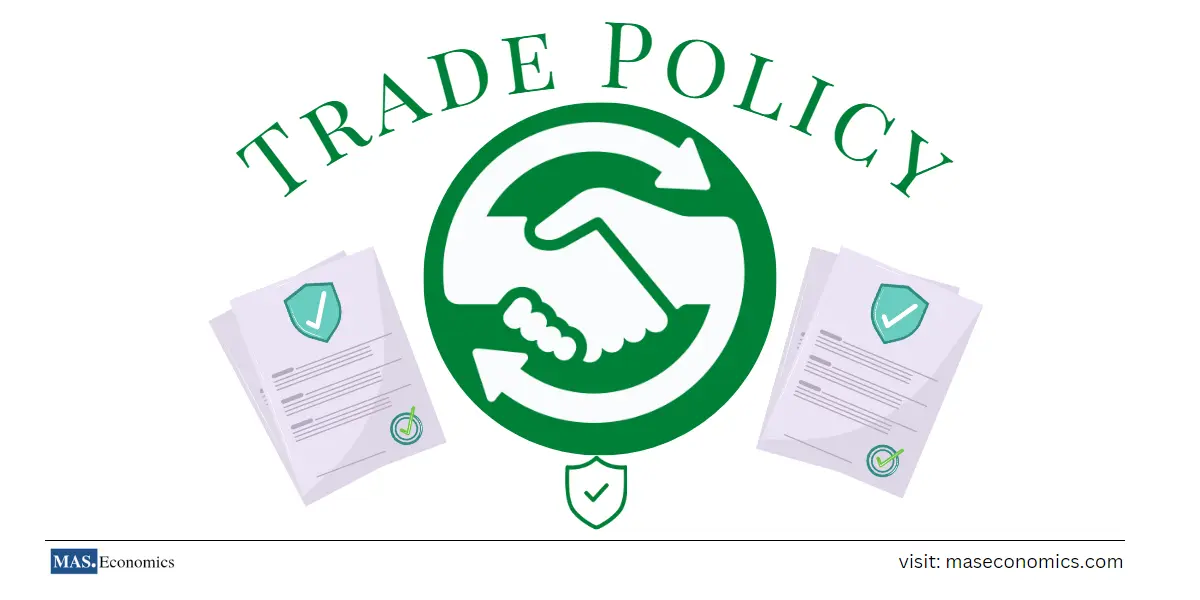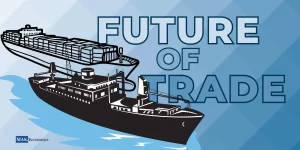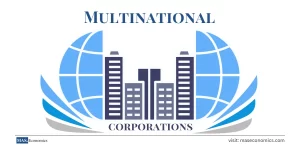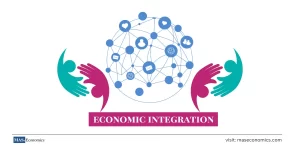Trade policies are crucial in shaping the economic landscape in today’s globalized world. From the clothes we wear to the technology we use, international trade policies impact the flow of goods and services across borders, influencing prices, job markets, and economic growth. This comprehensive guide explores the intricacies of trade policies, delving into tariffs, quotas, non-tariff barriers, and the ongoing debate between protectionism and free trade.
What are Trade Policies?
Trade policies are a set of rules, regulations, and agreements enacted by governments to control the flow of goods and services between countries. These policies aim to achieve various economic and political objectives, such as protecting domestic industries, creating jobs, ensuring national security, and improving trade balances. Governments can restrict or liberalize international trade based on their goals by shaping trade flows. Most countries fall somewhere on the spectrum between protectionism (limiting imports to shield domestic industries) and free trade (allowing unrestricted imports/exports).
The Spectrum: Protectionism vs. Free Trade
On one end of the spectrum lies protectionism, where governments implement policies like tariffs, quotas, or subsidies to limit imports and protect domestic industries from foreign competition. The goal is to safeguard local businesses and jobs. On the other extreme is free trade, which involves minimal government intervention on imports and exports. Proponents argue that free trade leads to lower consumer prices, greater efficiency, economic growth through export opportunities, and more consumer choice.
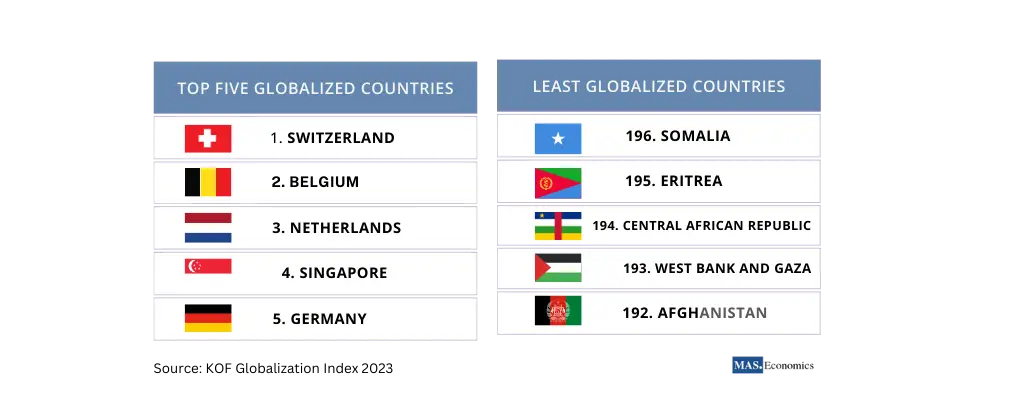
This table shows the most globalized and least globalized countries based on the KOF Globalization Index 2023, which measures the economic, social, and political dimensions of globalization. The index factors in trade policies, with countries having more open and free trade policies tending to rank higher in globalization.
Benefits and Drawbacks of Trade Policies
Both restricted and liberalized trade approaches have potential advantages and disadvantages. Free trade can spur innovation, lower consumer prices, and provide access to various goods and services. It also allows for more efficient resource allocation based on comparative advantage. However, protectionism, while shielding domestic industries from competition, can reduce incentives to improve, lead to higher consumer prices, and risk retaliatory trade barriers from other countries.
Major Trade Policy Instruments
Governments use various instruments to implement their trade policies, including:
- Tariffs: Import taxes that make foreign goods more expensive for domestic consumers.
- Quotas: Numerical limits on the quantity of a good imported over a period.
- Subsidies: Government financial support given to domestic producers to make them more competitive globally.
- Non-tariff barriers: Regulations like product standards that can indirectly restrict imports.
Each instrument serves a specific purpose and has different types and effects on international trade, which we will explore later in the article.
Role of Trade Organizations
While trade policies are set nationally, international bodies like the World Trade Organization (WTO) aim to facilitate free and open global trade. The WTO provides a forum for negotiating trade agreements, resolving disputes over perceived unfair practices, and creating an institutional framework of rules. However, tensions and disagreements over trade policies remain an ongoing source of friction between nations as they seek to advance their interests on the global stage.
Historical and Modern Examples
Trade policies have been used as instruments of economic statecraft for centuries. A famous historical example is the Opium Wars of the 1800s, where Britain went to war with China over trade disputes involving opium exports. In the mid-19th century, the Opium Wars were two conflicts fought between Western countries and the Qing dynasty in China. The first Opium War (1839-1842) was fought between China and Great Britain, while the second Opium War (1856-1860), also known as the Arrow War or the Anglo-French War in China, was fought by Great Britain and France against China.
The first Opium War was triggered by China’s attempt to suppress the illegal opium trade, which had caused widespread addiction and social and economic disruption in the country. British traders were the primary source of opium in China. The Second Opium War was driven by the desire of Great Britain and France to gain additional commercial privileges in China, including the legalization of the opium trade, as well as to secure more legal and territorial concessions. In both wars, the foreign powers emerged victorious. They obtained significant advantages, such as the continuation of the opium trade, compensation for losses, the acquisition of Hong Kong Island, the opening of more ports in China, and increased freedom for Western envoys and Christian missionaries.
In modern times, notable cases of trade disputes include:
The U.S.-China trade war (2018-2019)
This trade conflict involved the imposition of tariffs on billions of dollars worth of goods. The U.S. tariffs affected about $350 billion in imports from China, covering approximately 18% of the total, while China’s tariffs covered about $100 billion, or about 11%, of goods imported from the U.S. The conflict was driven by intellectual property theft, market access, and trade imbalances.
EU-US Aircraft Subsidy Battle
The long-standing dispute between the European Union and the U.S. over aircraft manufacturer subsidies has resulted in tariffs on various products. Both sides have imposed tariffs on subsidies provided to aircraft manufacturers Airbus (EU) and Boeing (U.S.).
The role of trade policy in driving Brexit
The desire for greater control over trade agreements and regulations played a significant role in the United Kingdom’s decision to leave the European Union.
The Evolving Landscape: E-commerce and Beyond
The rise of e-commerce and digital trade adds new layers of complexity to trade policies. Governments are grappling with how to regulate online marketplaces, data flows, and intellectual property in the digital age. As technology advances and reshapes the global economy, trade policies must adapt to keep pace with these changes.
Conclusion
Trade policies, encompassing tariffs, quotas, subsidies, and non-tariff barriers, have far-reaching impacts on economies worldwide. Understanding these tools and their implications is essential for navigating the complex world of international trade. While the debate between protectionism and free trade continues, finding the right balance remains a nuanced challenge that requires careful consideration of economic needs and national priorities. As the global economy evolves, trade policies will continue to play a crucial role in shaping the future of international trade.
Thanks for reading! If you found this overview of trade policies helpful, share the knowledge with friends and spread it on social media!
Happy learning with MASEconomics

